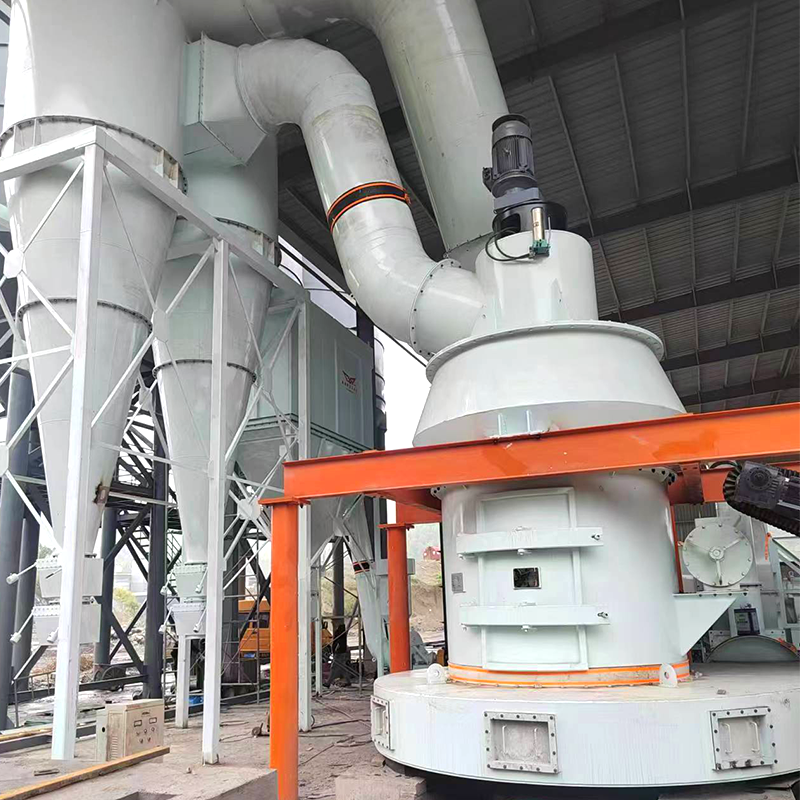Wear-resistant components are a decisive factor in the performance and reliability of any grinding equipment. In a vertical grinding mill, the roller sleeves and grinding table lining are constantly exposed to abrasive forces during operation. The nature of this contact—high pressure, repeated friction, and elevated temperatures—means that material choice and structural design of these components significantly impact efficiency, output quality, and long-term operating costs. By engineering these parts with advanced alloy compositions and surface treatments, vertical mills maintain consistent performance while minimizing degradation over time.
In typical grinding systems like ball mills, heavy wear on internal surfaces is not only expected but often considered a maintenance norm. However, vertical grinding mills are designed to disrupt that expectation. The roller and lining materials are often selected from high-chromium cast iron, carbide-enhanced steel, or other alloyed metals with thermal shock resistance. These materials are carefully chosen to resist both mechanical erosion and chemical interactions with raw materials, especially in applications dealing with minerals, cement, or chemical powders. This slows the rate of component fatigue and maintains tight tolerances critical for precision grinding.
Minimizing metal wear has a direct impact on product purity. Excessive abrasion in conventional systems may lead to trace amounts of iron, chromium, or other contaminants infiltrating the end product—an unacceptable outcome for many high-spec applications. In contrast, vertical grinding mills reduce this risk due to their engineered wear surfaces and stable grinding interfaces. Because the roller never violently collides with the grinding table (thanks to a hydraulic cushioning mechanism), mechanical shock is reduced, and metal shedding is minimized. This protects both product integrity and machine health.
Another key benefit is the long service intervals enabled by superior wear resistance. In a production environment where downtime equals financial loss, being able to run continuously for extended periods without frequent replacement of internal components is a strategic advantage. Vertical grinding mills feature a maintenance-friendly design that allows roller and liner replacement without disassembly of the entire machine. With the aid of a hydraulic swing-out device, technicians can perform this task quickly and safely, cutting unplanned downtime to a fraction of what’s needed in traditional setups.

From a design standpoint, vertical mills avoid over-complicating wear protection. They focus on contact geometry, airflow balance, and stable load distribution, which work together to ensure that the wear rate remains uniform rather than localized. This stability avoids sudden failure of components and enables operators to predict maintenance cycles more accurately. For businesses that process thousands of tons of material monthly, this translates into measurable operational certainty and lower cost per ton.
At the same time, this reliability doesn't come at the expense of flexibility. Vertical grinding mill systems are increasingly favored by companies that demand a stable grinding environment across variable raw material hardness or moisture content. The high durability of the wear parts supports this adaptability, allowing the equipment to run efficiently even as feed conditions fluctuate. Investing in a vertical mill means investing in equipment that can evolve with your production demands without sacrificing performance or product quality.
One often overlooked advantage is the reduction in environmental waste. Less frequent part replacement means fewer discarded metal components, less lubricant contamination, and less packaging waste from replacement parts. It also means fewer service calls, less energy spent on reprocessing, and a lower overall carbon footprint during machine operation. These benefits add up, especially in facilities looking to meet environmental compliance without compromising throughput.
Choosing a vertical grinding mill with high-performance wear components is more than a technical decision—it’s a strategic move toward long-term production stability and product quality. For manufacturers looking to scale efficiently while maintaining high precision, this type of equipment is a smart choice that delivers reliable returns.

 English
English 中文简体
中文简体 русский
русский Français
Français Español
Español عربى
عربى
